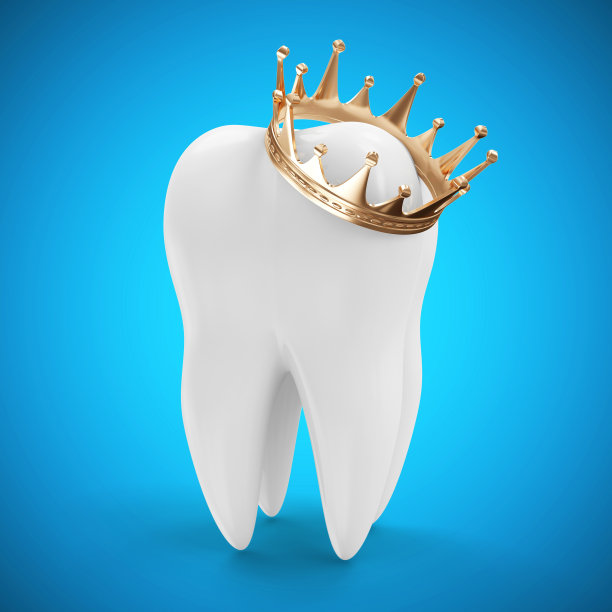The Essential Guide to Understanding the Tooth Extraction Process for Better Oral Health Management
Summary: Understanding the tooth extraction process is crucial for maintaining optimal oral health. This guide breaks down the complexities of tooth extraction into essential components, including the reasons for extraction, the steps involved in the procedure, post-operative care, and the potential complications. By detailing these aspects, readers will gain a clearer insight into what to expect, how to prepare, and how to manage their oral health better after an extraction. Ultimately, knowing what the extraction process entails empowers patients to make informed decisions and engage proactively in their dental health journey.
1. Reasons for Tooth Extraction Explained

Tooth extraction may seem daunting, but there are several legitimate reasons behind the procedure. The most common reason is severe tooth decay. When a cavity penetrates deep into the tooth structure, resulting in significant pain or infection, extraction may be the only viable solution to prevent further complications.
Another frequent motivation for extraction is periodontal disease. This condition, which affects the gums and underlying bone, can cause teeth to become loose and painful. When the damage is extensive, removing the impacted teeth helps restore oral health and prevent the spread of infection.
Additionally, overcrowded dental arches may necessitate tooth extraction, especially in orthodontic cases. Sometimes, removing certain teeth creates space for proper alignment, ultimately leading to better overall dental aesthetics and functionality.
2. Steps Involved in the Extraction Procedure
The extraction process begins with a thorough dental examination and imaging to assess the tooths condition and its roots. Once a treatment plan is established, the dental professional will typically administer local anesthesia to ensure comfort during the procedure.
After numbing the area, the dentist will use specialized tools to loosen the tooth from its socket gently. This part may involve applying pressure and twisting to facilitate the extraction. In more complex cases, surgical techniques may be required, such as cutting the gum tissue to access the tooth.
Once the tooth is extracted, the dentist will clean the extraction site and may place gauze to help control bleeding. Patients generally receive aftercare instructions, which play a crucial role in their recovery process.
3. Post-Operative Care for Recovery
Post-operative care is essential following tooth extraction for a smooth recovery. Initially, patients should bite down on gauze for a few hours to minimize bleeding. Its critical to follow the dentists guidelines on how long to keep the gauze in place.
Patients are advised to rest and avoid strenuous activities for at least 24 hours post-extraction. Its essential to manage pain using prescribed medications or over-the-counter options, as discomfort can vary from person to person.
Oral hygiene practices should continue, but extra caution is needed. Avoiding the extraction site when brushing and refraining from using mouthwash until advised is crucial to prevent dislodging any clots, which can lead to complications such as dry socket.
4. Potential Complications to Be Aware Of
While tooth extraction is generally safe, certain complications can arise. One common issue is the formation of a dry socket, where the blood clot at the extraction site fails to develop or becomes dislodged, leading to intense pain and delayed healing.
Infections are another potential risk. Although rare, they can occur following a tooth extraction, especially if proper aftercare instructions are not followed. Signs of infection may include increased swelling, fever, or pus discharge, necessitating immediate dental intervention.
Moreover, nerve damage, while extremely rare, can occur, resulting in numbness or tingling in the lower lip or chin. Patients should discuss any unusual sensations or prolonged symptoms with their dentist to rule out complications.
Summary:
The tooth extraction process is a multifaceted procedure involving various considerations, from understanding why an extraction is necessary to knowing what steps are involved and how to care for oneself afterward. Awareness of potential complications empowers individuals to seek prompt assistance and enhances their post-operative experience.
This article is compiled by Vickong Dental and the content is for reference only.



